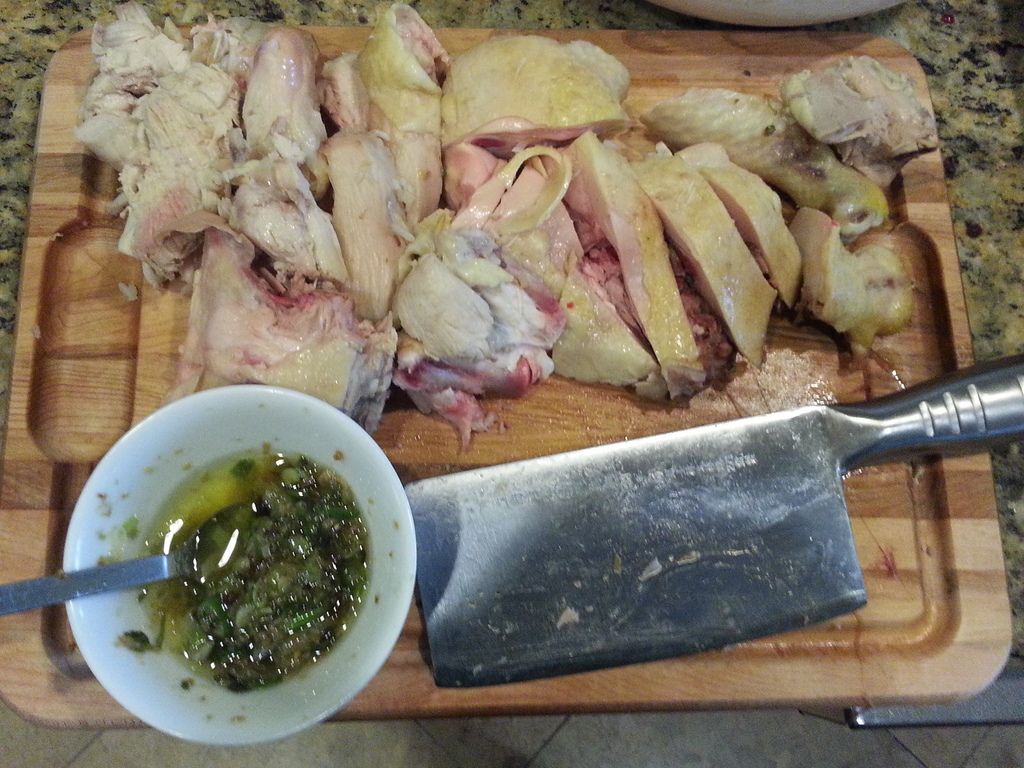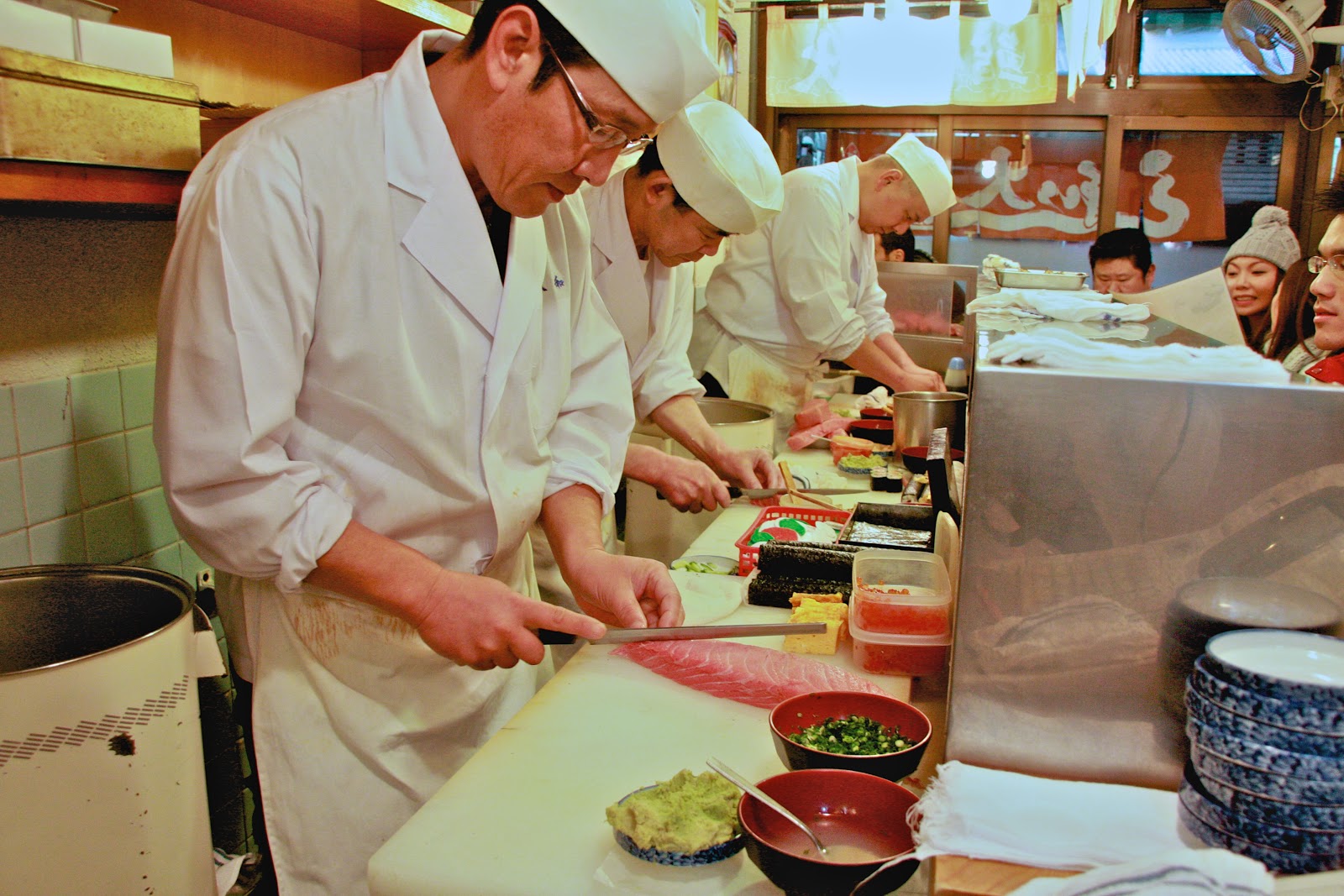NotThinEnough
Well-Known Member
- Joined
- Jun 7, 2015
- Messages
- 179
- Reaction score
- 50
just read a blurp that goes 'hammer grip aka noob grip' (im quoting here, unfortunately).
i know pinch grip is useful and it depends on the ingredient and the knife (lets say a gyuto). I was taught to use hammer grip since it allows you to use the entirety of the edge, and slicing motion better. Pinch grip is reserved for dense and hard ingredients that require force.
What are your thoughts?
i know pinch grip is useful and it depends on the ingredient and the knife (lets say a gyuto). I was taught to use hammer grip since it allows you to use the entirety of the edge, and slicing motion better. Pinch grip is reserved for dense and hard ingredients that require force.
What are your thoughts?









